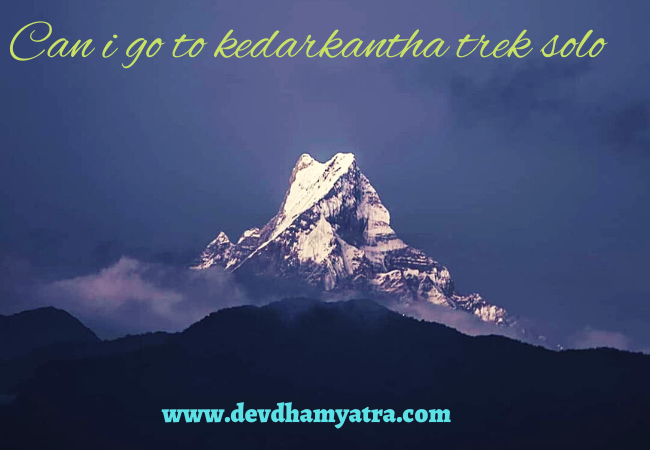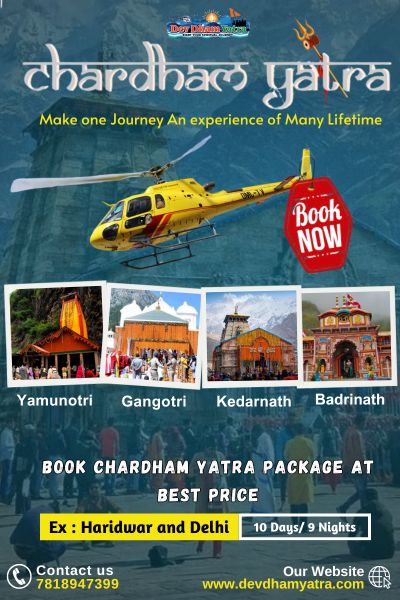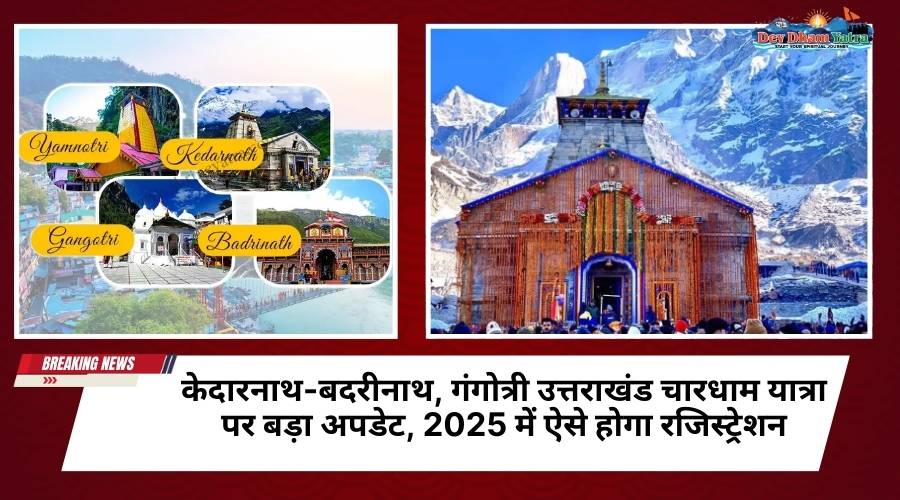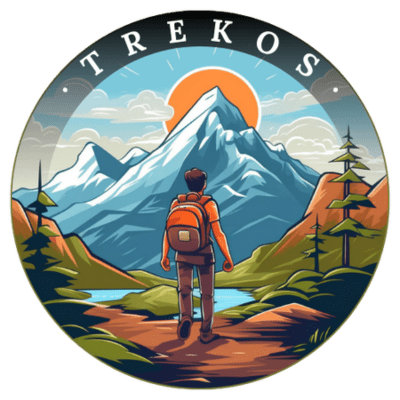Yes, absolutely you can easily go on a solo ride to kedarkantha trek but before going on a trek you should know about the kedarkantha trek ,what the trek is all about ? Well kedarkantha trek is one of the finest winter snow treks located in uttarkashi district of uttrakhand. It has gained its popularity due to the views, terrain, flora, fauna and easy with which someone can complete it without any difficulty.The name of this trek is derived from two words Kedar + Kantha, literal meaning – “Throat of Lord Shiva”. This trek has its own mythological stories attached to it. This trek takes 4-5 days to complete with group while when you are doing it solo it hardly takes 3-4 days. Trek starts from sankri village, a small village in uttarkashi. The height of kedarkantha trek is about 12500m and due this trekker’s experience beautiful sunrise and sunset.
Plannings for solo tride:
Before going on a solo ride you have to do lots of planning for the trek like how to reach, weather condition, what time is best, what things to carry and much more.
How to reach kedarkantha trek:
The distance from dehtadun to kedarkantha trek is 200 kms , 80 kms drive from dehradun to sankri base camp of trek and then 20 kms trek, up and down, both sides. To reach sankri you have to take direct buses from bus station.There are 2-3 buses from dehradun to sankri, the timing of buses from dehradun to sankri starts from early in morning from 5.00 A.M to Last Bus of UTC 7.30 A.M the ticket of bus will be around 400 from dehradun to sankari.
You can take Cab or Taxi to reach Sankri and it takes 7-8 hours of long drive. All through the long roads you can see the beautiful views with beautiful locations. Riding solo trekker’s prefer bike ride and it also takes7-8 hours of long journey. once you reach sankri you should take rest before starting the trek at nearby homestays or resorts.
weather condition
Before starting the trek you should check the weather Conditions
In Summers:
Kedarkantha is an all-round year trek and however, the views you will get to see depends on the weather conditions.
The temperature during summer months varies from 10 – 20 degrees Celsius.
The warm weather and ample of sunshine results in lush green landscapes and trees filled with leaves and flowers.
One of the best things about Kedarkantha trek in summers is the flourishing trees and flowers. While trekking, you pass through several trails of gorgeous oak trees.
As the temperature remains very moderate, the entire route becomes extraordinarily colorful too.
In Winters:
During winters Kedarkantha trek is packed with heavy snow and offers your beautiful views of snow-topped Himalayan mountains.
Sun’s reflection from the snow studded mountains makes the mountains glow.
The weather becomes extremely cold in winters and the actual temperature dips to -5 degrees in winter.
Your campsites are placed in grounds full of snow.
In monsoon
If you are planned to go on a trek in monsoon it founds difficult due to heavy rain.In monsoon you have to face the difficulty of rain,landslide,roadblockage. So, if you are planning to go in monsoon you should prepare yourself mentally and physically.
But in monsoon you see the green mountains full of green tress.
Best time to vist kedarkantha trek
Despite all the difficulties , winter is the best season for Kedarkantha trek. In fact, the place is popular for its winter snow trek. The landscape is completely covered with white snow and not only does it make the place look beautiful but also a more adventurous feat for the trekkers. Dense forests with thick snow, campsites with a wonderful view and a fairly good challenge for all those who seek it.
We hope this list of pros and cons help you make a decision on when you want to visit this beautiful place. But one thing is for sure, whether or not you visit it in winters due to the temperature in kedarkantha, it is one of the must try treks of India for all its beauty .
Things to carry on solo ride
1) Woollen clothes like sweaters, thermals, pairs of gloves, caps, mufflers, socks:
2) Windproof jacket
3) Hiking shoes, Snow boots, sandals or slippers
4) Walking stick or a trekking pole
5) Accessories like sunglasses with UV protection, sunscreen lotions, lip balm, headlamp, torch with extra batteries.
6) Toiletries: Sanitizer, tissues, liquid soaps, paste and toothbrush
7) Medicines: Diamox for altitude sickness, essential medicines for headache, stomach upset, and regular medication if you are taking any, band-aids, volini spray, and anything else.
8) Phone chargers or power bank
9) Raincoat, extra shirts/t-shirts, and trekking pants
During Monsoons, please do not forget to carry a raincoat, an umbrella, and an extra pair of clothes.
10) Identity card and photocopies.
11) Water Bottle or insulated water bottle
12) Woollen fleece jackets
13) Few poly bags to keep any wet clothes.
14) Energy bars, biscuits, chocolates, dry fruits to munch, and ORS or Glucose to not drain energy.
15) Camera with extra memory cards, batteries, chargers




















